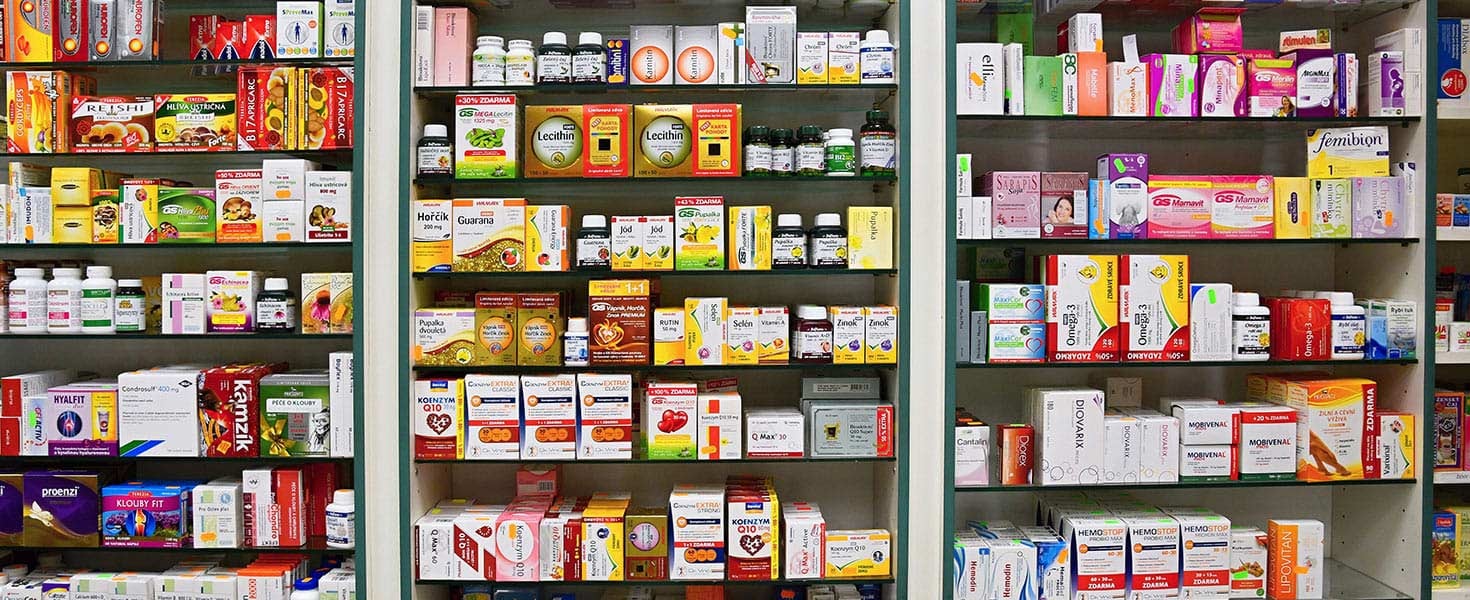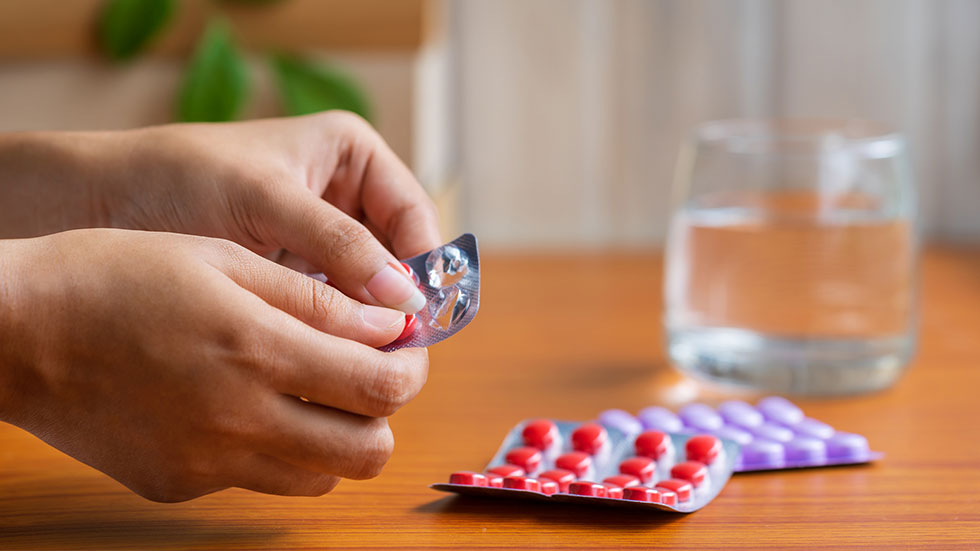

Generic drugs have been on the market for decades, but how do you know if one is better or as safe as the brand name you’re familiar with? Fortunately, the Food and Drug Administration (FDA) uses the same rigorous approval process for all pharmaceutical drugs on the market. As a result, the FDA’s testing ensures that consumers can use generic drugs and save money without sacrificing their health.
With medical expenses skyrocketing, especially for prescription medicines, understanding generic drugs is more crucial than ever. The following guide compares and contrasts brand-name and generic drugs and discusses their safety, cost, and overall place in patient care.

What’s the difference between brand-name and generic drugs?
Due to complicated names and numerous product lines, pharmaceutical drugs can be confusing. Although brand-name and generic drugs have the same active ingredient and are equally effective, there are differences:
Price
The most significant difference between brand-name and generic drugs is price. Generic drugs usually cost 80% – 85% less than brand-name drugs. However, the price does not indicate the quality or efficacy of generic drugs.
Brand-name drugs cost more because making a new drug is expensive for pharmaceutical companies. Companies have high costs for research and testing, and not every drug makes it to the market. When a drug passes FDA approval and becomes available, companies charge more for the drug to recoup their losses and generate revenue. Additionally, brand-name drugs come from a sole manufacturer. Conversely, numerous companies typically manufacture the same generic drug, and the resulting broader availability lowers the price.
Appearance
Trademark regulations prevent brand-name and generic drugs from looking identical. Although they share the same active ingredient with brand-name drugs and do not differ in effectiveness, generic drugs often have a different shape, coloring, flavor, container, and inactive ingredients.
Accessibility
Not all brand-name drugs have a less expensive generic counterpart. Sometimes, there are no generic versions of a drug because the brand-name drug’s patent has not expired, preventing generics from the market. In other instances, a generic drug may be caught up in the FDA’s rigorous approval process. Only drugs that the FDA approves become available for purchase.

Are generic drugs less effective?
Generic drugs are equally effective as brand-name drugs. The FDA’s tests and standards require pharmaceutical companies to demonstrate that there is no difference in the quality, performance, or effectiveness of generic drugs. While the inactive ingredients between the two may differ, the FDA only approves drugs with safe inactive ingredients.
Should I use brand name or generic drugs?
The FDA reviews each generic drug to ensure it contains the same active ingredient and works just as well the brand-name drug. However, it’s recommended that you speak with your doctor about your specific needs and any concerns. For example, if you don’t think you’re responding well to a specific generic drug, your doctor will be able offer guidance for changing to a different generic version or a brand-name version.
In most cases, if you’re looking for the results of a specific brand-name drug at a fraction of the price, the generic version will do the job and save you money. But, unfortunately, not every brand-name drug has a generic version, meaning you may be stuck with the brand-name drug for certain medications you need.

Is it safe to use generic drugs?
The FDA’s demanding approval process guarantees that generic drugs are safe to use. Generic drugs must function identically to brand-name drugs in terms of how it works in the body, dosage, quality, potency, and safety. When considering a generic drug, look for the following:
Active Ingredient
The generic drug should have the same active ingredient as the brand-name drug. In some cases, the name of the generic drug is the active ingredient. For example, diphenhydramine is the active ingredient and the name of the generic drug for the brand-name drug called Benadryl.
Price
If there are multiple generic options available, check for price differences. Remember, each generic drug has the same active ingredient, so you can focus on getting the best deal possible without worrying about receiving a lower-quality medication.
Therapeutic Index
Although generic drugs work identically to brand-name drugs, the American Journal of Therapeutics found that switching narrow therapeutic index drugs, such as drugs that help with epilepsy or blood clotting, can sometimes have negative consequences. In short, a patient taking a generic narrow therapeutic index drug might be safer continuing to take the generic version. On the other hand, someone on a brand-name narrow therapeutic drug may want to stay with the brand-name drug. If you take a narrow therapeutic index drug and have concerns, ask your doctor for more information.
